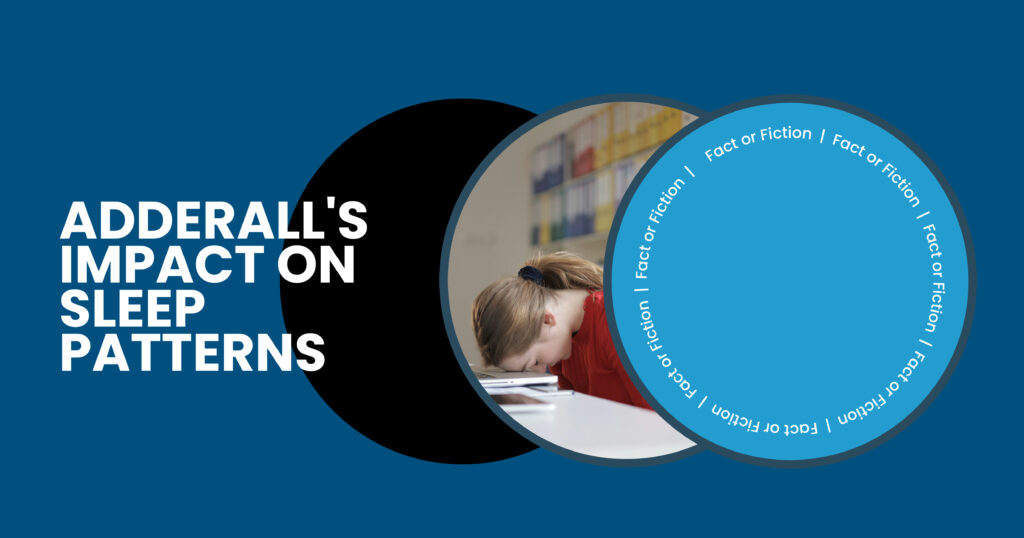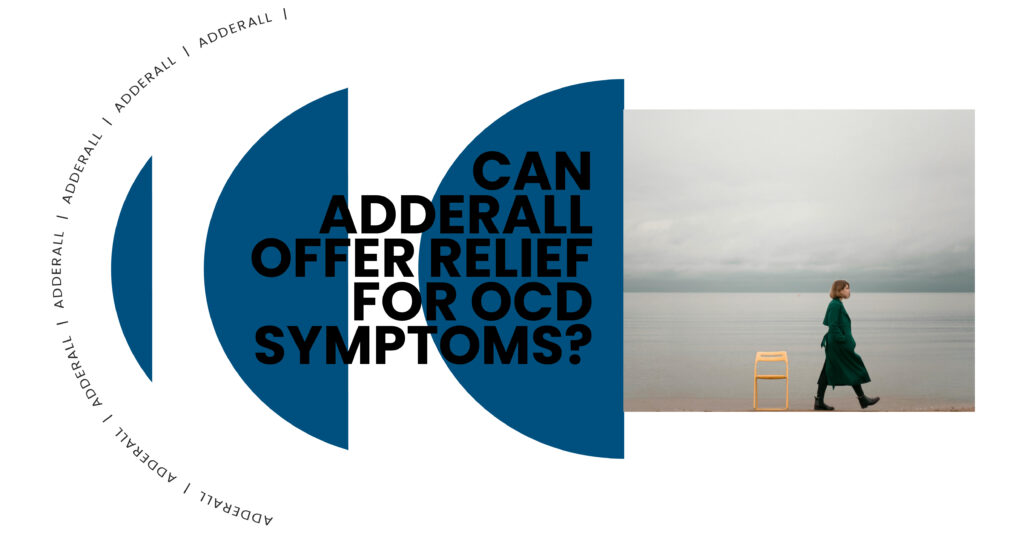Effexor Withdrawal: Managing Symptoms and Recovery

Authored By:
Raleigh Souther

Edited By:
Chase Mcquown

Medically Reviewed By:
Dr. Alejandro Alva
- Last Updated:

Effexor (venlafaxine) is an antidepressant medication that is the most commonly used drug; however, the sudden withdrawal of this medication can be quite an unpleasant experience. You are probably having trouble with Effexor withdrawal when you are considering giving up Effexor or are contemplating either the subsyndromic or the full syndrome of withdrawal in the face of reducing your dose of Effexor.
This article will guide you through the symptoms, provide strategies for safely tapering off, and offer beneficial remedies. We will also address the issue of managing Effexor side effects during withdrawal, as well as how Visalia Recovery Center can assist individuals in this process.
Effexor Withdrawal and Its Challenges
People usually encounter withdrawal symptoms when it is time to quit taking Effexor. These symptoms can be moderate or even severe – which is why it is difficult to cease the medication independently. The symptoms can be mild or severe, making it difficult for them to quit the drug on their own. The symptoms are acute, though sometimes can be severe, a factor which can demoralize the patients, and encourage them not to finish their withdrawal.
Among the most frequently experienced symptoms of Effexor withdrawal include dizziness, headache, fatigue, and irritability. Together with such symptoms it may be more bearable, provided that an individual is aware of what to anticipate and are ready.
Effexor Side Effects and Their Impact on Withdrawal
Effexor side effects can significantly impact the withdrawal process. They generally set in as soon as you begin to cut down on the amount and can be both psychological and physical. Other individuals are left shocked by the abrupt shifts, and thus, tapering off Effexor is encouraged under medical guidance.
Withdrawal of common Effexor side effects
- Mood swings. Anxiety, depression, and irritability.
- Physical signs. Dizziness, fatigue, and headaches.
- Sleep disorders. No sleep or surprising sleepiness.
Recognizing Venlafaxine Withdrawal Symptoms
The symptoms of venlafaxine withdrawal may be observed within a short period after reducing the dosage or terminating the usage of Effexor altogether. Such symptoms have also been termed a discontinuation syndrome and may differ among individuals.
The following are some of the common withdrawal symptoms of venlafaxine:
- Brain zaps. It feels like an electric shock in the brain.
- Nausea and vomiting. It can be challenging to eat or drink due to this.
- Flu-like conditions. Muscle pains, fatigue, and chills
Knowledge of such symptoms is imperative when someone desires to manage Effexor withdrawal.
Strategies for Tapering Off Effexor Safely
It is advisable to reduce the dosage when one is discontinuing Effexor. This approach is known as tapering off Effexor, where one can decrease the likelihood of withdrawal symptoms. Stopping the treatment of the drug abruptly can cause severe symptoms and relapse.
This is how to taper off Effexor safely:

- Talk to a healthcare provider. A healthcare worker shall develop a gradual schedule according to the dose and requirement.
- Lower the dose gradually. Generally, your doctor will taper you slowly, in other words, cutting it out over a period of time to enable your body to adapt to the new lower amount.
- Watch your symptoms. Observe any of the withdrawal symptoms and report them to your doctor.
- Do not skip doses. Missing a dose may cause withdrawal and bad effects.
Understanding Discontinuation Syndrome
The withdrawal symptoms that you experience during the process of stopping or lowering doses of medications such as Effexor are called the discontinuation syndrome. The symptoms may start a few hours to days after cutting the medication and persist for weeks.
It is worth mentioning that discontinuation syndrome should be distinguished from relapse. It is a short-term adaptation to the fluctuation of the drugs in your head. The gradual tapering plan is the most effective way to manage discontinuation syndrome, as discussed above.
Weaning Off Effexor: A Step-by-Step Approach
Withdrawal from Effexor is a step-by-step, gradual affair that requires close supervision to reduce withdrawal effects.
Following is an easy step guide to get you through:
- Negotiate a consultation. Your health care provider will assist you in calculating the proper tapering protocol.
- Tapering schedule. Initiate the reduction of the dose slowly, as advised by your doctor.
- Withdrawal symptoms. Be on the lookout for the withdrawal symptoms such as dizziness, mood swings, and headaches.
- Connect with your doctor. Frequent updates with the physician will make the process smooth.
Effexor Withdrawal Duration: What to Expect
These factors and the duration you take Effexor may determine the withdrawal period. On average, the patient can experience some withdrawal symptoms that can take between a few days to a few weeks.
Typical Withdrawal Timeline
| Stage | Duration | Symptoms |
| Initial Phase | 1-3 days | Dizziness, headaches, and mood swings |
| Middle Phase | 1-2 weeks | Nausea, irritability, sleep issues |
| Final Phase | 2-4 weeks | Fatigue, reduced mood, brain zaps |
Although people have different experiences, with some feeling gradually better as the body reacts to life without the drug, most will respond similarly.
Effective Effexor Withdrawal Remedies
The withdrawal process is a home-based experience that involves using remedies and making lifestyle adjustments to support recovery. These are some of the strategies that can work:
- Stay well-hydrated. Drink plenty of fluids to help prevent symptoms such as dizziness and fatigue.
- Have healthy food. Healthy foods help balance mood and energy levels.
- Exercise. It is possible to use physical activity to feel better or even relieve stress.
- Relaxation. Meditation, yoga, and deep breathing exercises are all ways to manage anxiety and irritability.
- OTC medicine. Headache and muscle soreness can be treated with the use of painkillers.
Whenever using home remedies, it is advisable to consult with a healthcare professional first.
Long-term Effexor Side Effects and Their Management with Visalia Recovery Center
In the other cases, there may be those that will suffer the long-term adverse effects of effexor, and this is after the procedure of withdrawal even. Such may include long-term mood swings, anxiety, and sleeping problems. Professional help is required when these symptoms persist and disrupt normal operations.
Visalia Recovery Center has successfully treated and cared for patients suffering from withdrawal of medication and their recovery. It is the role of as staff members to help you learn more about the long-term side effects of Effexor withdrawal and provide you with support and help as you resume your path towards mental and physical recovery.
Contact Visalia Recovery Center today to learn how we can support you throughout your recovery process.

FAQs
What are the common symptoms experienced during Effexor withdrawal?
The most popular Effexor withdrawal symptoms include dizziness, fatigue, irritability, nausea, and mood swings. Others can also experience brain zaps, and they also have symptoms of the flu, such as chills and muscle pain.
How long does Effexor withdrawal usually last, and what factors influence its duration?
Tapering off Effexor can take anywhere from a few days to 2 weeks. The withdrawal process differs and will be determined by the dosage, duration of Effexor use, your response to the changes in your body, and the dose of the drug.
What are some safe strategies for tapering off Effexor to minimize withdrawal symptoms?
They require that Effexor be tapered, and tapering should be slow, and the ideal form of taper that should be undertaken is one that is done with the reduction in dosage when an expert opinion is sought. This gradual approach reduces these withdrawal effects that you are undergoing and enables you to adapt to the process much faster.
Are there effective remedies to manage Effexor withdrawal symptoms at home?
Home therapy has an amount of remedies as well, including maintaining adequate water consumption, balanced nutrition, sports, and use of the relaxation methods e.g. yoga or meditation. Such tactics can also be applied along with the recovery process and control with its signal.
What are the potential long-term side effects of Venlafaxine, and how can they be managed?
The negative side effects associated with Venlafaxine may also have continuous effects such as sleep-related problems, alterations of moods, and nervousness. All these impacts can be neutralized within a course of treatment or the support groups at the Visalia recovery center where they can be assisted in the process of recovery.


